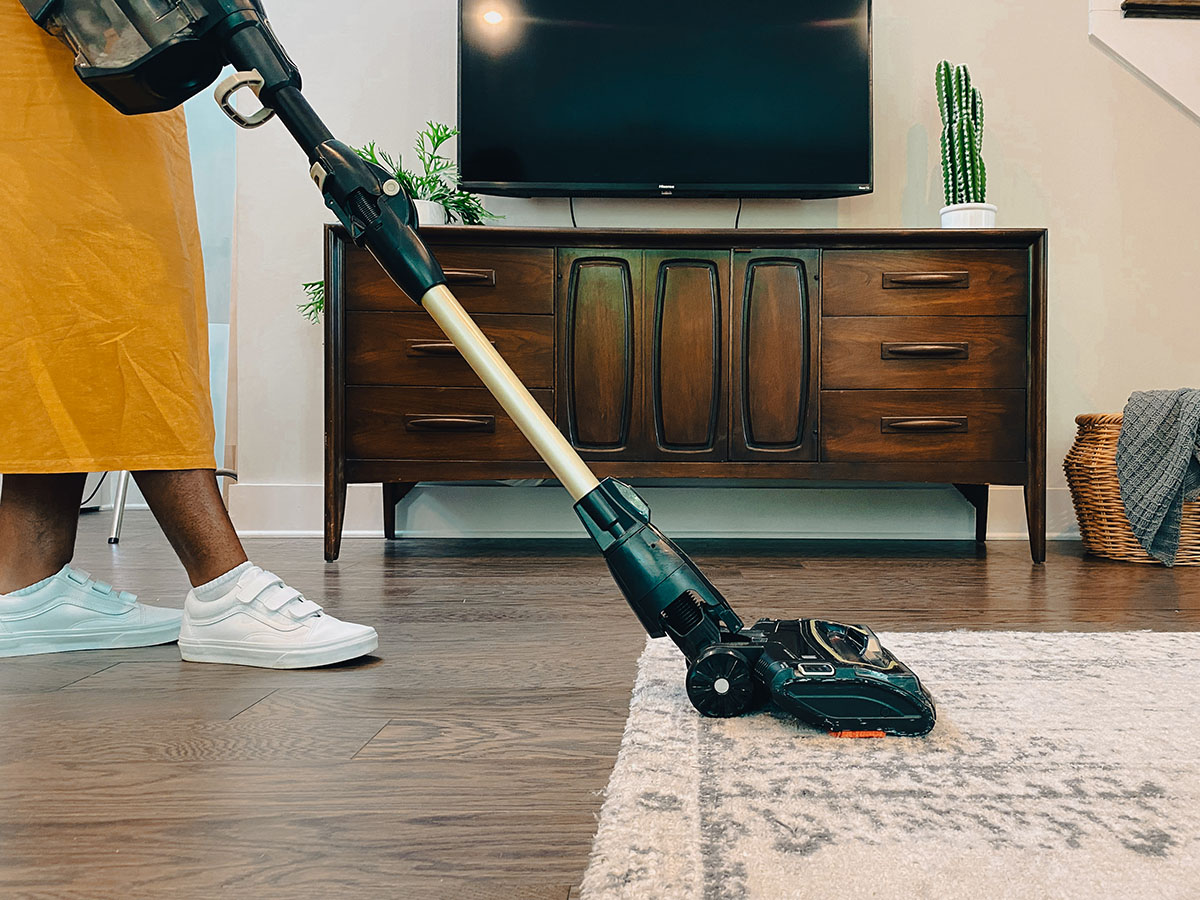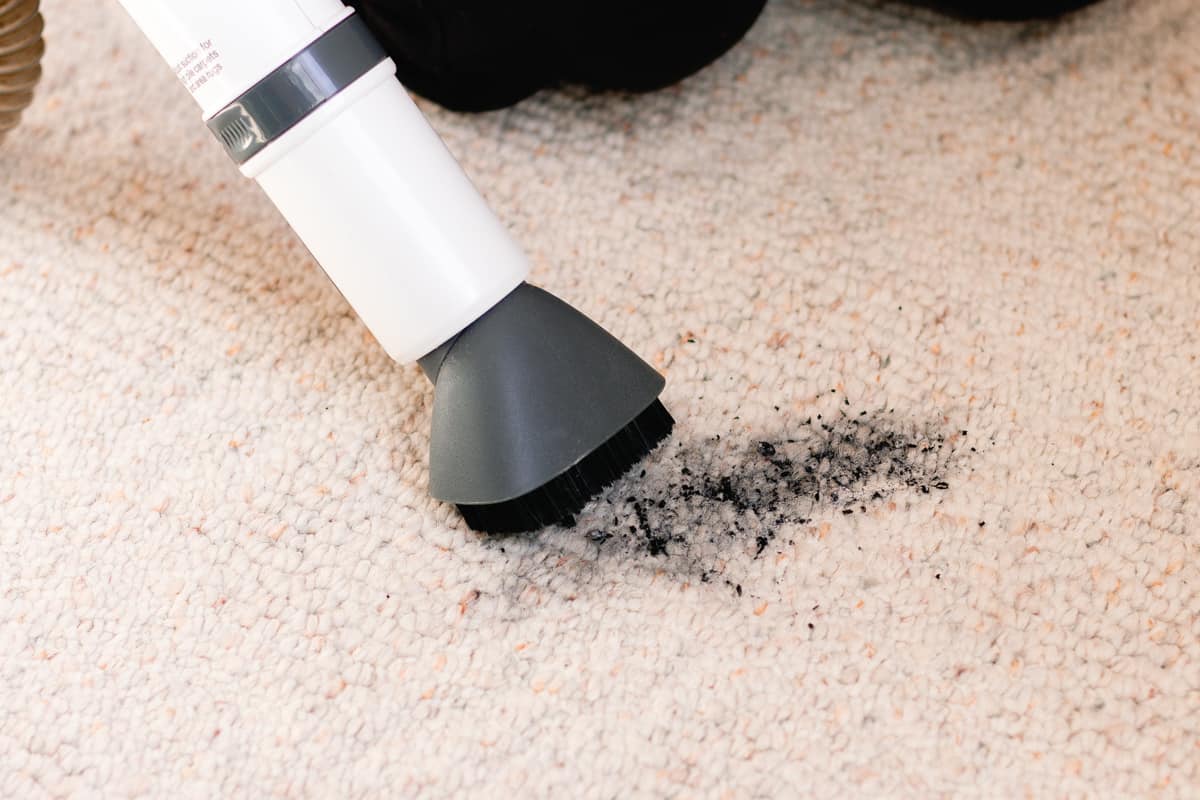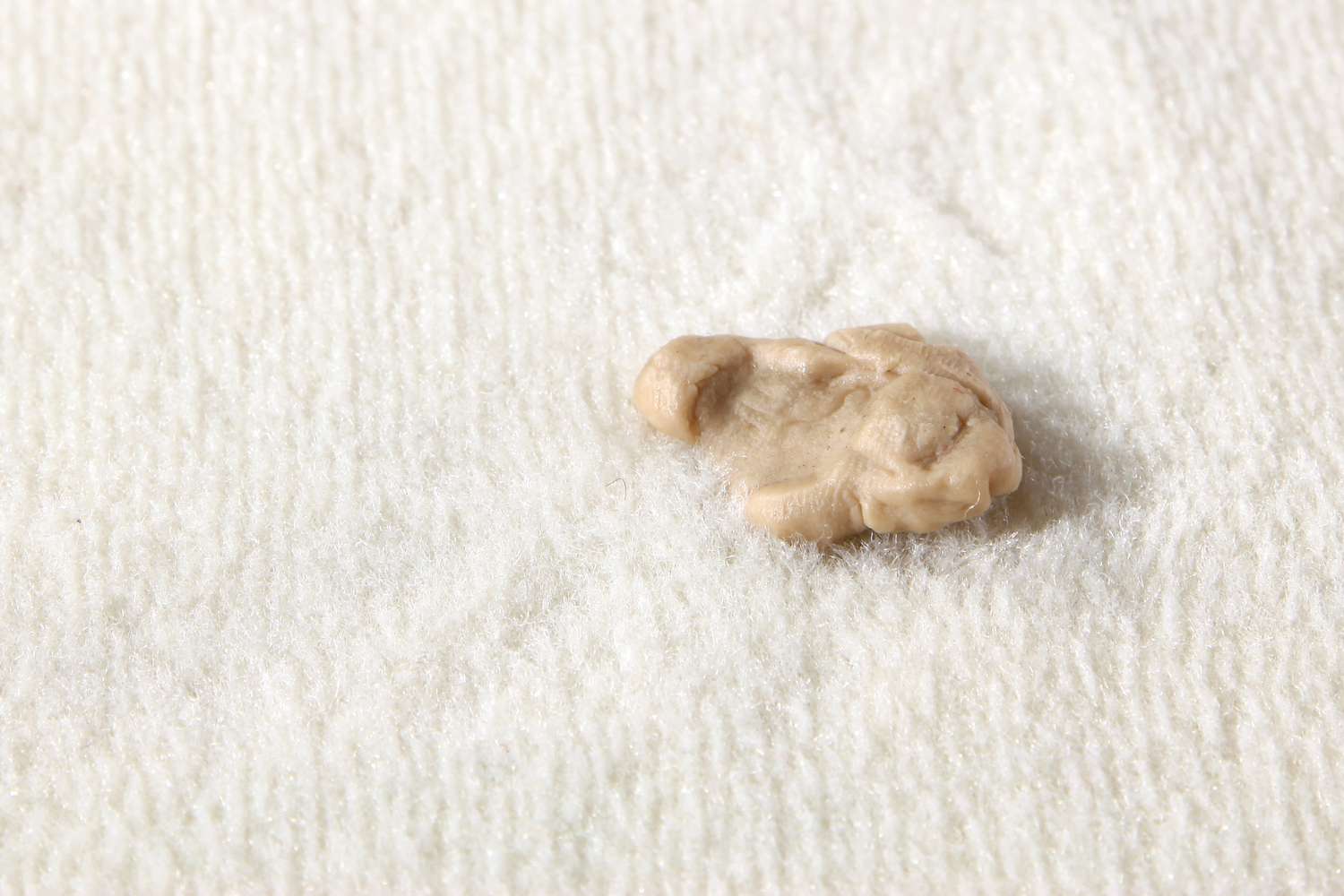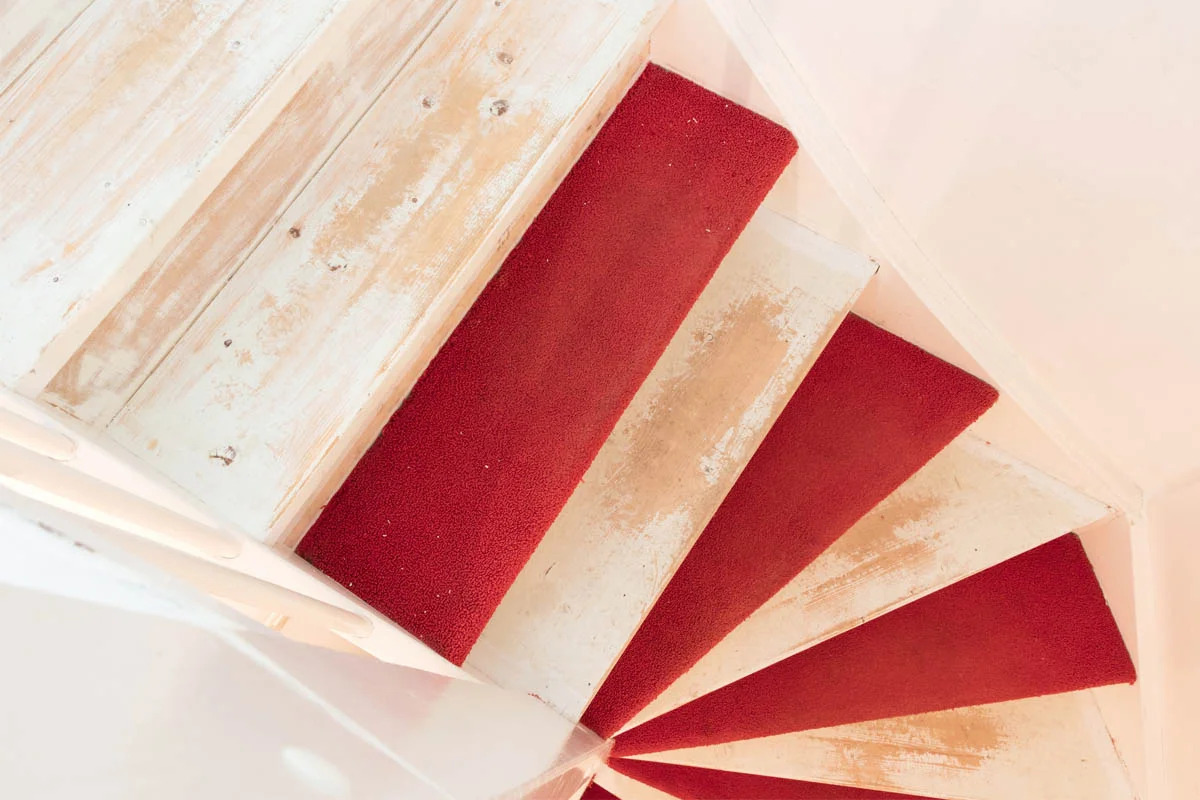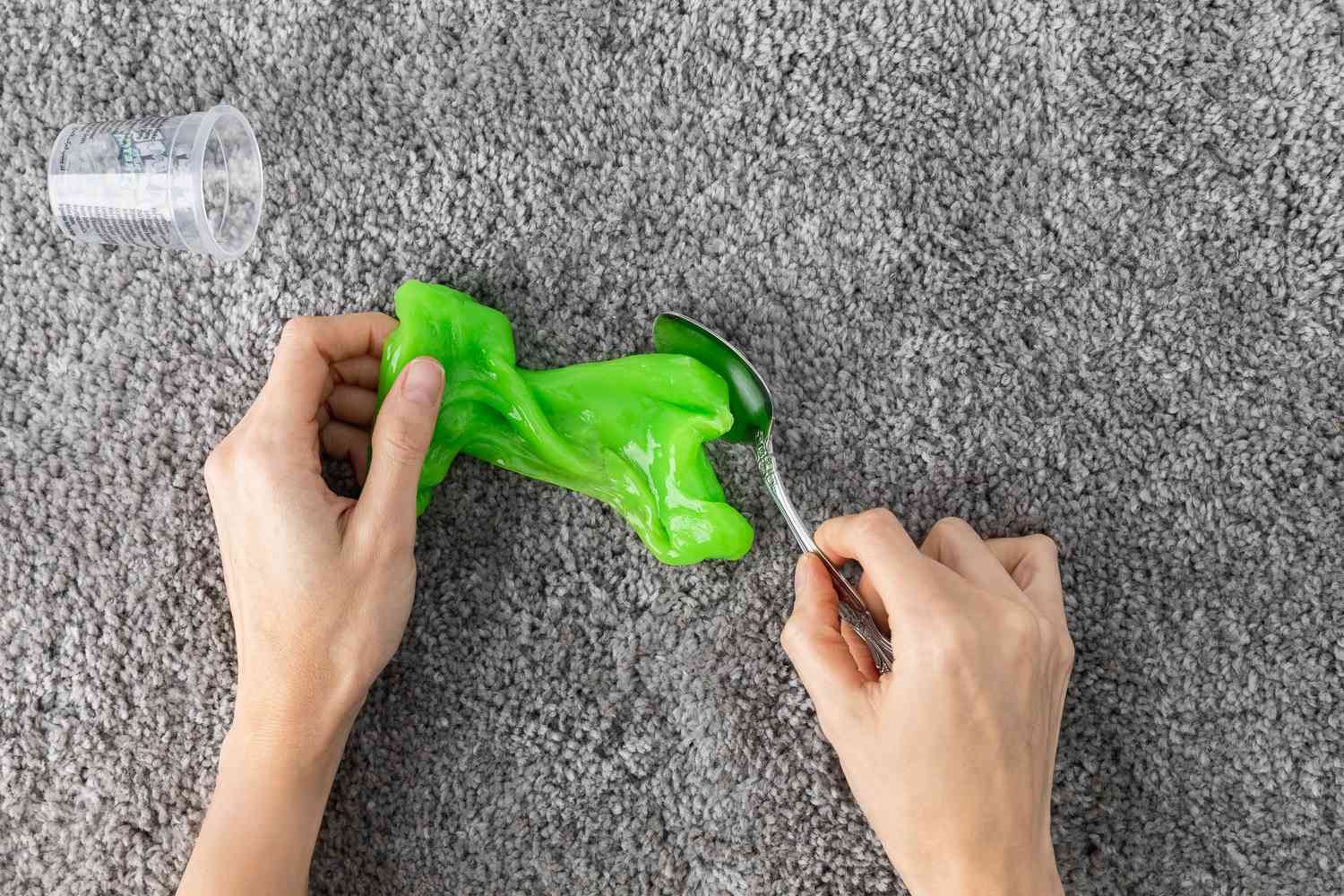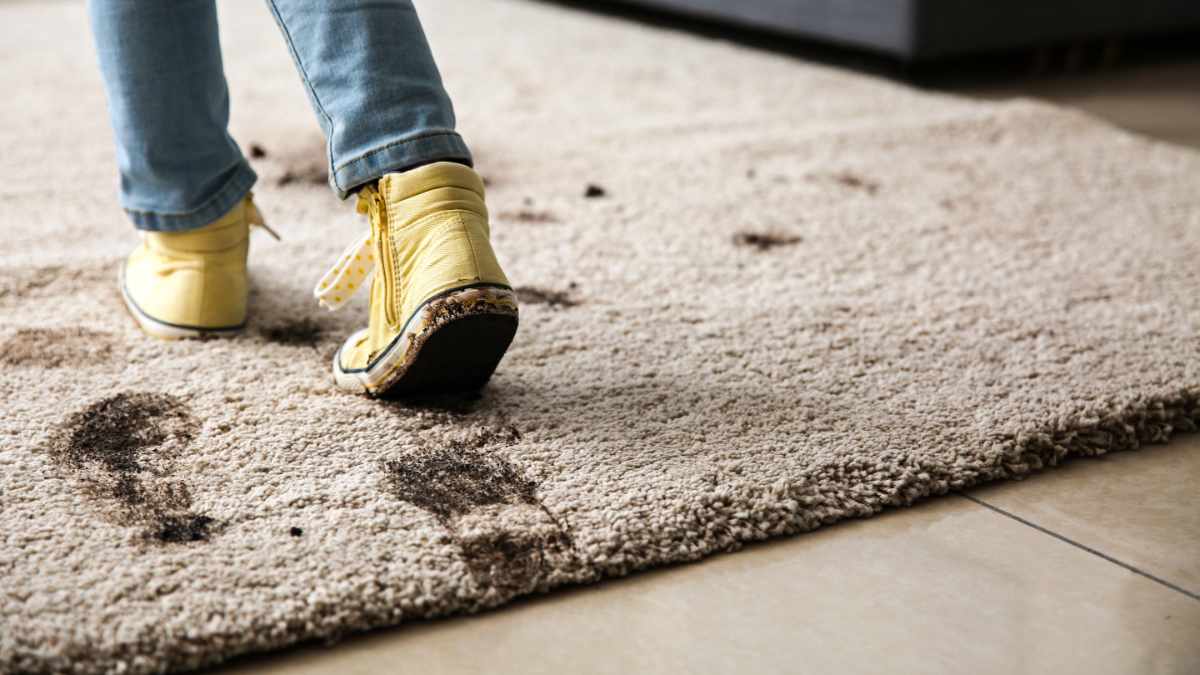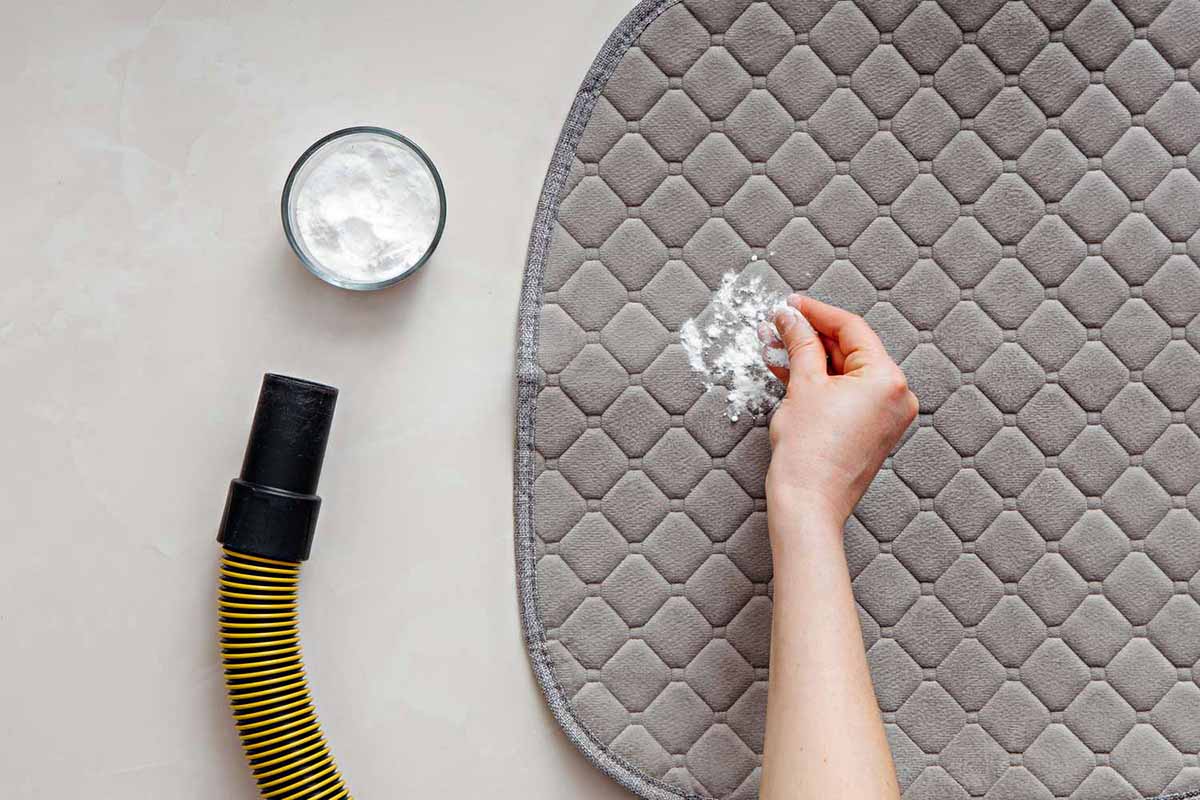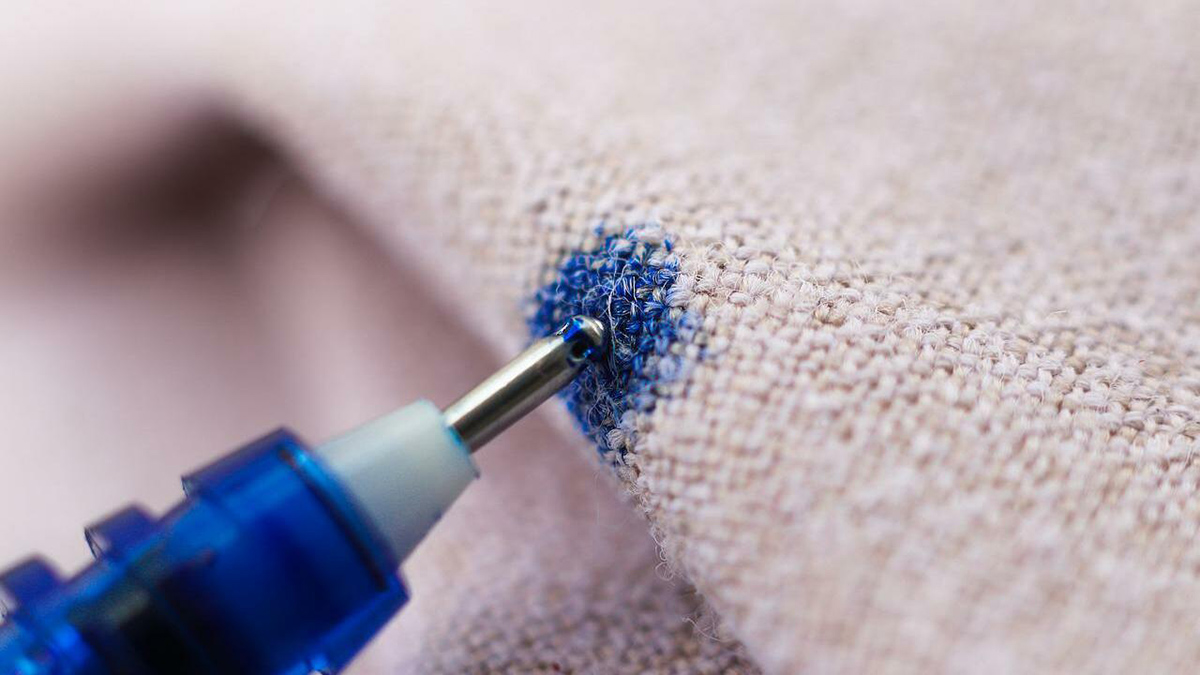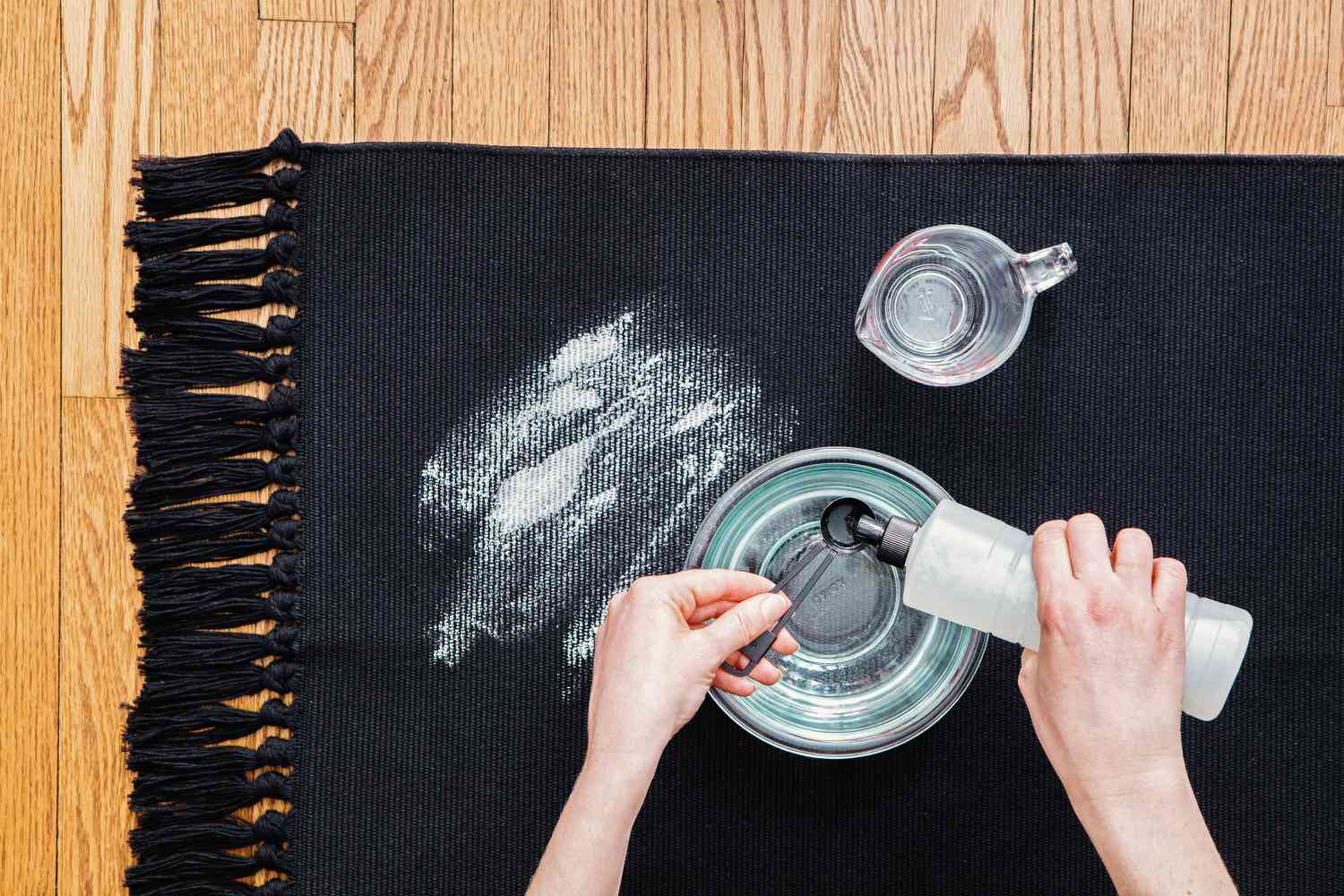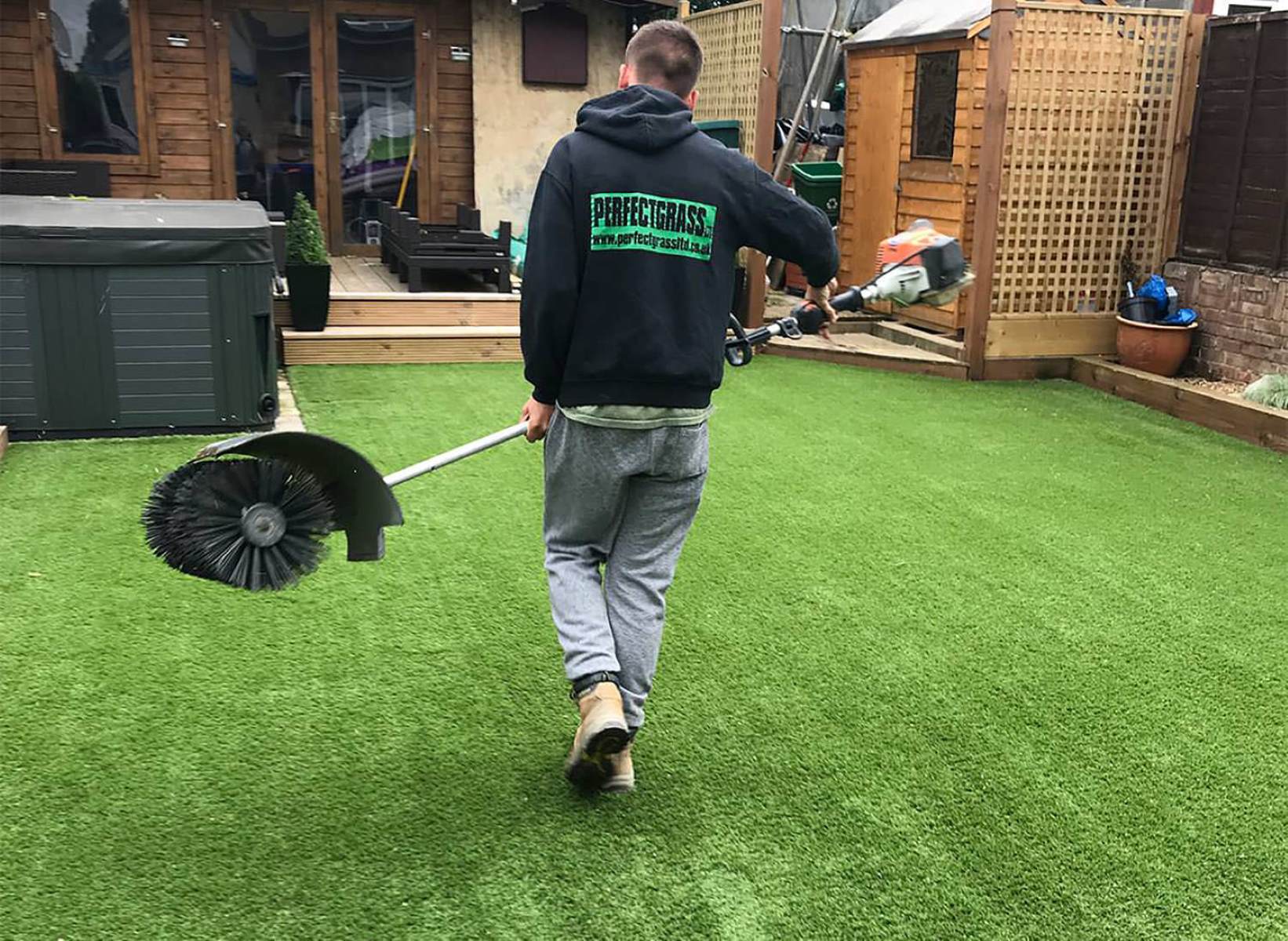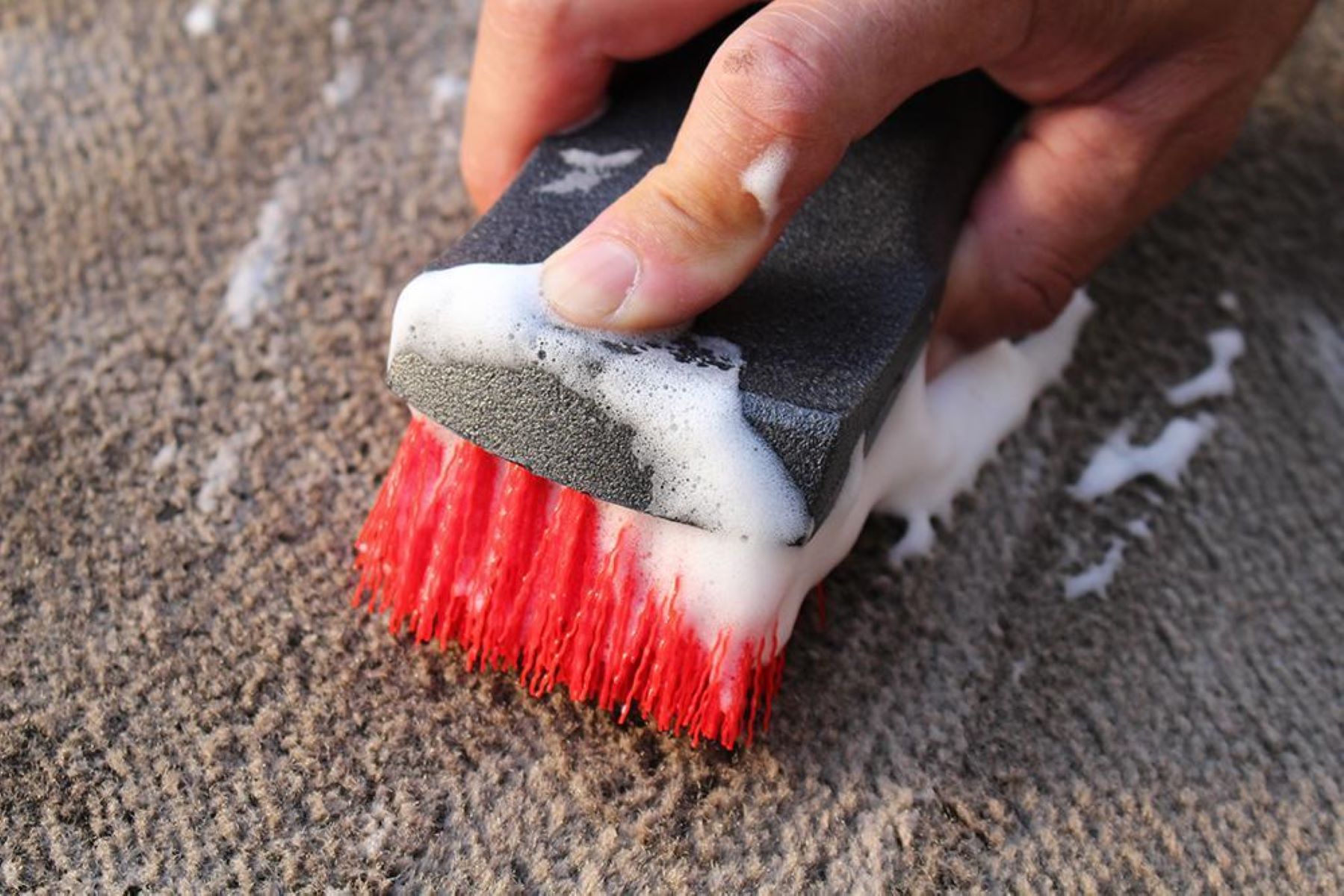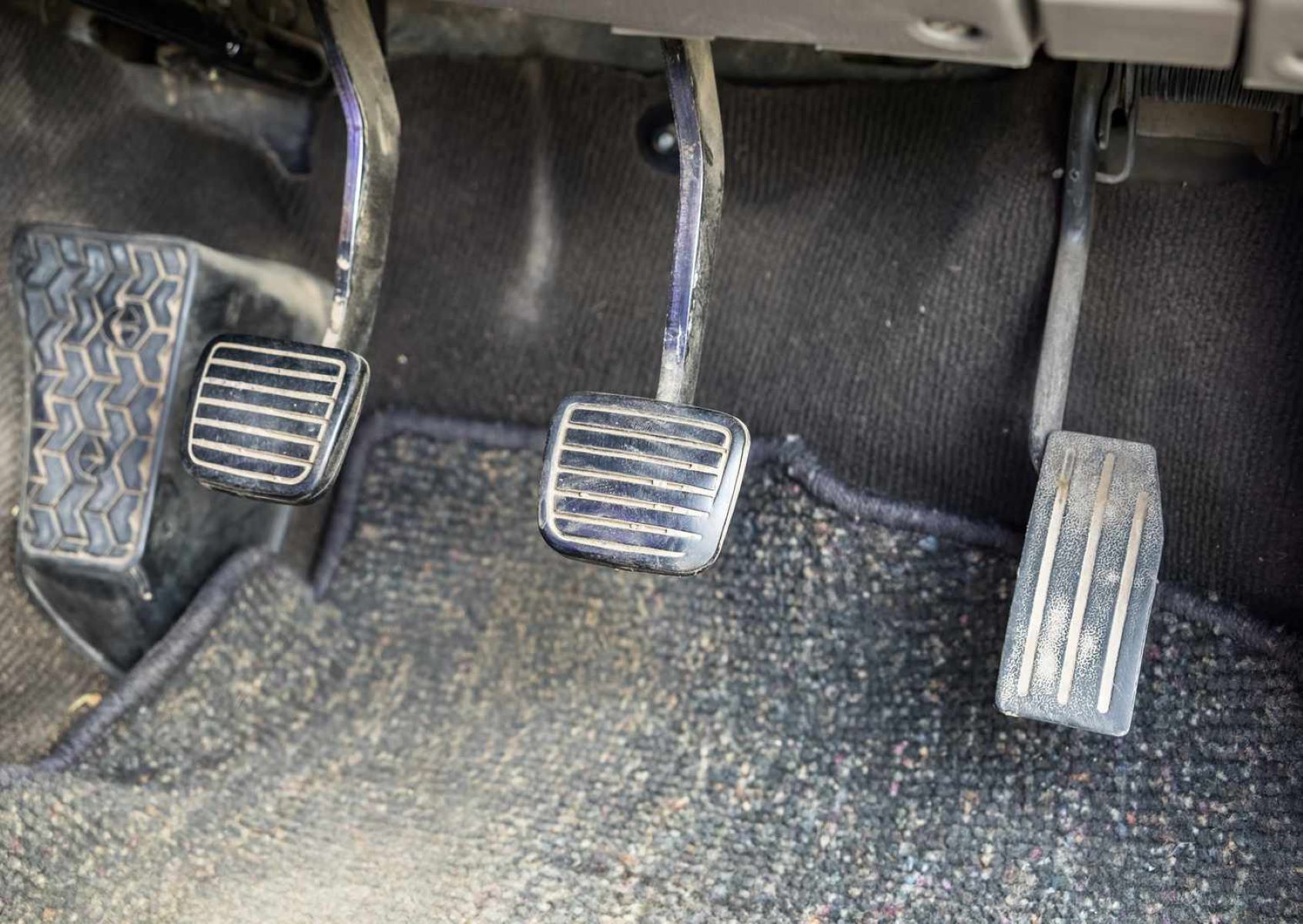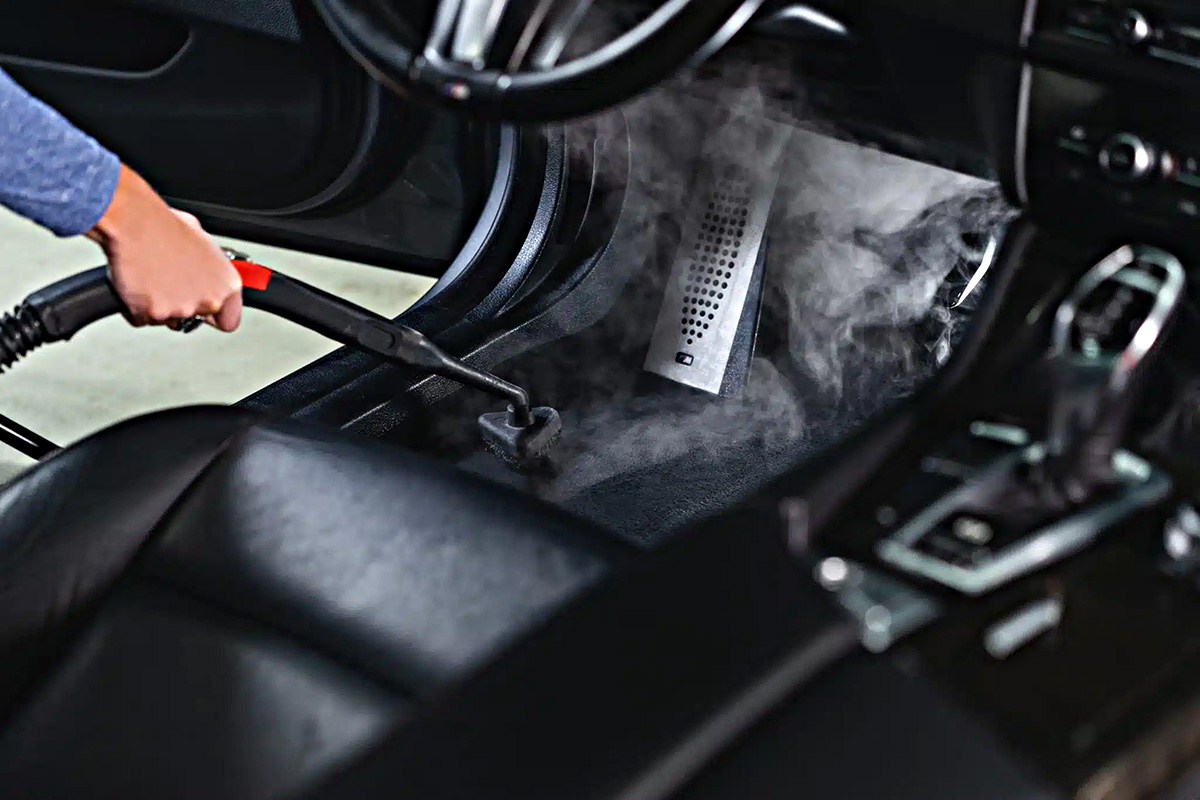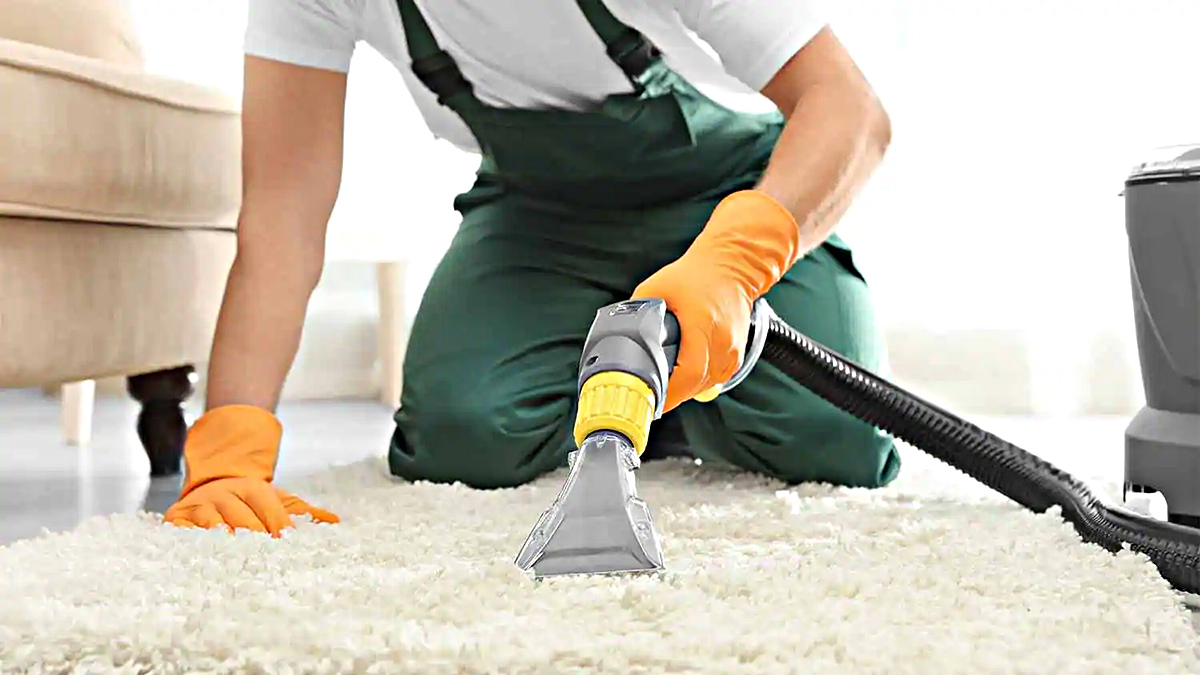

Articles
How To Remove Laundry Detergent From Carpet
Modified: September 1, 2024
Learn how to effectively remove laundry detergent from your carpet with these helpful articles.
(Many of the links in this article redirect to a specific reviewed product. Your purchase of these products through affiliate links helps to generate commission for Storables.com, at no extra cost. Learn more)
Introduction
Accidents happen, and if you’ve ever spilled laundry detergent on your carpet, you know that it can leave a stubborn and unsightly stain. Cleaning up detergent from carpet may seem like a daunting task, but with the right methods and techniques, you can effectively remove the stain and restore the appearance of your carpet.
In this article, we will explore various methods to remove laundry detergent from carpet. From blotting and absorbing the detergent to using vinegar solution and commercial carpet cleaner, we will provide step-by-step instructions to help you tackle this issue.
It is important to address the stain as soon as possible, as leaving the detergent on the carpet for an extended period can lead to further damage or discoloration. Remember to test any cleaning solution in a hidden area of the carpet to ensure it doesn’t cause any adverse effects.
By following the methods outlined in this article, you can effectively remove laundry detergent stains from your carpet and restore its pristine condition. Let’s dive into the step-by-step techniques that you can use to tackle this problem.
Key Takeaways:
- Prompt action is crucial when dealing with laundry detergent stains on carpet. Blot and absorb the detergent quickly, then try methods like vinegar solution, dish soap, ammonia solution, commercial carpet cleaner, or baking soda paste for effective stain removal.
- Utilize household ingredients and commercial products to effectively remove laundry detergent stains from carpet. Test cleaning solutions, act promptly, and consider seeking professional help if needed to maintain the cleanliness and longevity of your carpet.
Read more: How To Store Laundry Detergent
Method 1: Blotting and Absorbing the Detergent
When it comes to cleaning up laundry detergent spills on carpet, the first step is to blot and absorb as much of the detergent as possible. The quicker you act, the better chance you have of preventing the detergent from soaking deeper into the carpet fibers.
Here’s how to effectively blot and absorb the detergent:
- Gather Supplies: Start by gathering the necessary supplies, including clean white towels or paper towels, a plastic spoon or spatula, and a vacuum cleaner.
- Scrape off Excess Detergent: Use the plastic spoon or spatula to carefully scrape off any excess detergent from the carpet surface. Be gentle to avoid spreading the stain or damaging the carpet fibers.
- Blot the Stain: Take a clean white towel or paper towel and gently blot the stained area. Press down firmly to absorb as much liquid as possible. Be careful not to rub or scrub the stain, as this can push the detergent deeper into the carpet fibers.
- Repeat Blotting: If necessary, use a new towel or paper towel and continue blotting until no more detergent transfers onto the towel. It may take several rounds of blotting to remove all the detergent.
- Vacuum the Area: Once you have successfully removed the detergent, vacuum the area to remove any remaining residue or particles. Use a vacuum cleaner with a clean attachment or nozzle, and go over the area multiple times to ensure thorough cleaning.
By promptly blotting and absorbing the detergent, you can prevent the stain from setting in and minimize any potential damage to your carpet. However, if the stain persists after blotting, don’t worry. There are several other methods you can try to remove laundry detergent from your carpet, and we will explore them in the following sections.
Method 2: Using Vinegar Solution
Vinegar is a versatile household ingredient that can be used for various cleaning purposes, including removing stains from carpet. When it comes to removing laundry detergent stains, vinegar can be quite effective due to its acidic nature.
Here’s how to use vinegar solution to remove laundry detergent from carpet:
- Create the Vinegar Solution: Mix equal parts of white vinegar and water to create a vinegar solution. You can use a spray bottle for easy application.
- Spray the Solution: Spray the vinegar solution directly onto the stained area. Be sure to saturate the area well without soaking the carpet. Vinegar helps to break down the detergent and lift the stain.
- Gently Blot the Stain: Take a clean white towel or paper towel and blot the stained area. Press down firmly to absorb the vinegar solution along with the detergent. Continue blotting until the stain starts to fade.
- Rinse with Water: After blotting, rinse the area with clean water to remove any remaining vinegar solution and detergent residue. You can use a clean cloth or sponge soaked in water for this step.
- Blot and Dry: Once rinsed, use a dry towel or paper towel to blot the area and absorb as much moisture as possible. Allow the carpet to air dry completely. You can also use a fan or open windows to speed up the drying process.
Vinegar is an effective natural cleaner and can help remove laundry detergent stains from carpet fibers. However, it’s important to note that vinegar has a strong smell that may linger temporarily. If the smell bothers you, you can use a fabric freshener or open windows to help dissipate the odor.
If the vinegar solution doesn’t completely remove the detergent stain, don’t worry. There are other methods you can try to tackle this issue, and we will discuss them in the following sections.
Method 3: Using Dish Soap and Water
Dish soap is another household item that can come to the rescue when it comes to removing laundry detergent stains from carpet. Its grease-fighting properties make it effective in breaking down and lifting the detergent residue.
Here’s how you can use dish soap and water to remove laundry detergent stains from carpet:
- Mix the Solution: In a bowl or bucket, mix a solution of warm water and a few drops of dish soap. Stir well to create a soapy mixture.
- Apply the Solution: Dip a clean cloth or sponge into the soapy solution and gently dab it onto the detergent stain. Avoid soaking the carpet and focus on the stained area.
- Gently Agitate: Use a soft brush or your fingertips to gently agitate the soapy solution into the stain. Be careful not to scrub too vigorously as it can damage the carpet fibers.
- Blot the Stain: Take a clean white towel or paper towel and blot the stained area. Press down firmly to absorb the soapy solution and lift the detergent residue. Continue blotting until the stain starts to fade.
- Rinse with Water: After blotting, rinse the area with clean water to remove any remaining soap residue. Use a cloth or sponge soaked in water to thoroughly rinse the carpet.
- Blot and Dry: Once rinsed, use a dry towel or paper towel to blot the area and remove excess moisture. Allow the carpet to air dry completely.
The dish soap solution effectively helps to break down and remove the laundry detergent stain from the carpet fibers. However, it is important to rinse the carpet thoroughly to ensure no soap residue is left behind. Soap residue can attract dirt and cause the carpet to become dirty again quickly.
If the stain persists after using the dish soap and water method, don’t worry. There are still other methods you can try to eliminate the laundry detergent stain from your carpet, and we will explore them in the following sections.
Blot the detergent with a clean cloth to remove excess liquid. Mix 1 tablespoon of dish soap with 2 cups of warm water and blot the stain with the solution. Rinse with clean water and blot dry.
Method 4: Using Ammonia Solution
If you’re dealing with a stubborn laundry detergent stain on your carpet, using an ammonia solution can be an effective method. Ammonia helps to break down the detergent residue and lift the stain from the carpet fibers.
Here’s how you can use an ammonia solution to remove laundry detergent stains from carpet:
- Mix the Solution: In a bowl or bucket, mix one tablespoon of clear household ammonia with two cups of warm water. Be sure to use clear ammonia without any added colorants or fragrances.
- Test in a Hidden Area: Before applying the ammonia solution to the stained area, it is important to test it in a small, inconspicuous area of the carpet to ensure it doesn’t cause any discoloration or damage.
- Apply the Solution: Using a clean cloth or sponge, gently dab the ammonia solution onto the stained area. Be careful not to soak the carpet and focus on the detergent stain.
- Gently Agitate: Use a soft brush or your fingertips to gently agitate the ammonia solution into the stain. This helps to break down the detergent residue and lift the stain from the carpet fibers.
- Blot the Stain: Take a clean white towel or paper towel and blot the stained area. Press down firmly to absorb the ammonia solution along with the detergent residue. Continue blotting until the stain starts to fade.
- Rinse with Water: After blotting, rinse the area with clean water to remove any remaining ammonia solution. Use a cloth or sponge soaked in water to thoroughly rinse the carpet.
- Blot and Dry: Once rinsed, use a dry towel or paper towel to blot the area and remove excess moisture. Allow the carpet to air dry completely.
Ammonia can be an effective solution for removing stubborn laundry detergent stains from carpet. However, it is important to use caution and avoid mixing ammonia with other cleaning products, such as bleach. Mixing these chemicals can create toxic fumes.
If the ammonia solution doesn’t completely remove the detergent stain, don’t worry. There are still other methods you can try to tackle this issue, and we will discuss them in the following sections.
Read more: How To Remove Burn From A Carpet
Method 5: Using Commercial Carpet Cleaner
If the previous methods haven’t been successful in removing the laundry detergent stain from your carpet, you may want to consider using a commercial carpet cleaner. These cleaning products are specifically formulated to tackle various stains, including detergent residues.
Here’s how you can use a commercial carpet cleaner to remove laundry detergent stains:
- Choose the Right Commercial Carpet Cleaner: There are various commercial carpet cleaners available in the market. Look for a product that specifically mentions its effectiveness in removing detergent or soap stains.
- Read and Follow the Instructions: Before using the carpet cleaner, carefully read and follow the instructions provided by the manufacturer. Pay attention to any specific guidelines for treating detergent stains.
- Spot Test: Before applying the carpet cleaner to the stained area, perform a spot test in a small, inconspicuous area of the carpet to ensure it doesn’t cause any discoloration or damage.
- Apply the Cleaner: Following the instructions on the product, apply the carpet cleaner directly to the detergent stain. Use a clean cloth or sponge to work the cleaner into the stain gently.
- Allow the Cleaner to Work: Let the carpet cleaner sit on the stain for the recommended amount of time. This allows the cleaner to penetrate the detergent residue and break it down.
- Blot the Stain: After the designated time, take a clean white towel or paper towel and blot the stained area. Press down firmly to absorb the cleaner and lift the detergent residue. Continue blotting until the stain starts to fade.
- Rinse with Water: After blotting, rinse the area with clean water to remove any remaining carpet cleaner and detergent residue. Use a cloth or sponge soaked in water to thoroughly rinse the carpet.
- Blot and Dry: Once rinsed, use a dry towel or paper towel to blot the area and remove excess moisture. Allow the carpet to air dry completely.
Commercial carpet cleaners are designed to be powerful and effective in removing tough stains, like laundry detergent. Following the instructions and using the appropriate product can help you successfully eliminate the stain from your carpet.
If the commercial carpet cleaner doesn’t completely remove the detergent stain, don’t worry. There is one more method you can try, and we will discuss it in the following section.
Method 6: Using Baking Soda Paste
When it comes to natural and versatile cleaning solutions, baking soda is a popular choice. It can be highly effective in absorbing and lifting stains, including laundry detergent residues. Using a baking soda paste can help you tackle stubborn stains on your carpet.
Here’s how you can use a baking soda paste to remove laundry detergent stains from your carpet:
- Create the Baking Soda Paste: In a bowl, mix baking soda with enough water to create a thick paste. The consistency should be similar to a spreadable cream.
- Apply the Paste: Take a clean cloth or sponge and apply the baking soda paste directly onto the detergent stain. Spread a thick layer of the paste over the affected area, ensuring it covers the entire stain.
- Allow the Paste to Sit: Let the baking soda paste sit on the stain for at least 15-20 minutes. This gives the paste time to absorb the detergent residue and lift the stain from the carpet fibers.
- Gently Scrub the Stain: After the designated time, use a soft brush or your fingertips to gently scrub the baking soda paste into the stain. This helps to loosen the detergent residue and promote its removal.
- Blot the Stain: Take a clean white towel or paper towel and blot the stained area. Press down firmly to absorb the baking soda paste and lift the detergent residue. Continue blotting until the stain starts to fade.
- Vacuum the Area: Once you have successfully removed the baking soda paste and detergent residue, vacuum the area to remove any remaining particles or residue. Use a vacuum cleaner with a clean attachment or nozzle for best results.
Baking soda is known for its absorbent properties and can effectively draw out the detergent residue from your carpet. It is a natural and safe option for cleaning, and it can help freshen the carpet’s appearance as well.
If the baking soda paste doesn’t completely remove the detergent stain, you may need to repeat the process or consider using another method discussed earlier in this article.
Conclusion
Accidents happen, and when you find yourself dealing with a laundry detergent stain on your carpet, it’s important to take immediate action. By following the methods outlined in this article, you can effectively remove the detergent stain and restore the appearance of your carpet.
We began by discussing the importance of blotting and absorbing the detergent as soon as possible to prevent further damage. From there, we explored various methods to tackle the detergent stain, including using vinegar solution, dish soap and water, ammonia solution, commercial carpet cleaner, and baking soda paste.
Each method offers a different approach to removing the stain, utilizing household ingredients and commercially available products. It’s important to test any cleaning solution in a hidden spot and follow the instructions provided for each method.
Remember, the key to successful stain removal is prompt action. The longer the detergent residue sits on your carpet, the more difficult it becomes to remove. So act fast and choose the method that suits your needs and the materials you have available.
However, if you find that you’re unable to remove the stain or the carpet is too damaged, it may be necessary to seek professional help. Expert carpet cleaners have the knowledge and specialized equipment to handle tough stains effectively.
By utilizing the methods discussed in this article and taking preventive measures, such as being cautious when handling laundry detergent, you can maintain the cleanliness and longevity of your carpet.
Remember, accidents may happen, but with the right techniques and a little bit of effort, you can restore your carpet’s pristine condition and enjoy a fresh and clean living space once again.
Frequently Asked Questions about How To Remove Laundry Detergent From Carpet
Was this page helpful?
At Storables.com, we guarantee accurate and reliable information. Our content, validated by Expert Board Contributors, is crafted following stringent Editorial Policies. We're committed to providing you with well-researched, expert-backed insights for all your informational needs.
